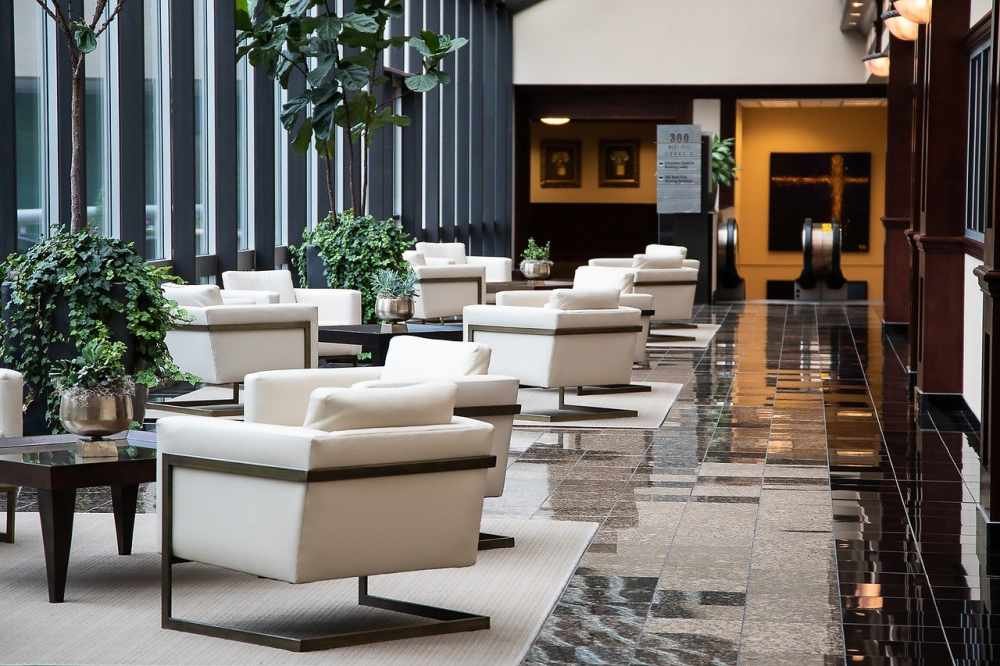FF&E (Furniture, Fixtures, and Equipment) interior design plays a crucial role in creating functional and aesthetically pleasing spaces. It involves selecting, procuring, and installing various movable elements that enhance the usability and visual appeal of an interior space. This article delves into the intricacies of FF&E interior design, providing comprehensive insights into its components, processes, and best practices.

The Ultimate Guide to FF&E Interior Design
FF&E interior design refers to the selection and coordination of furniture, fixtures, and equipment within a space to enhance its functionality and aesthetics. This aspect of interior design is crucial in creating a cohesive and visually appealing environment that aligns with the overall design concept. From selecting the right furniture pieces to choosing appropriate lighting fixtures, FF&E design plays a significant role in transforming a space into a harmonious and inviting setting.
Designers often consider factors such as the client’s preferences, budget constraints, and the intended use of the space when curating FF&E elements. By carefully selecting items that complement each other in terms of style, color, and scale, designers can create a cohesive look that reflects the desired aesthetic. Additionally, incorporating high-quality and durable FF&E pieces ensures longevity and functionality while adding value to the overall design scheme.
Components of FF&E
Furniture
Furniture encompasses a wide range of items such as chairs, tables, desks, sofas, and beds. These pieces are pivotal in defining the layout and functionality of a space. Selecting the right furniture involves considering factors such as ergonomics, durability, and style.
Fixtures
Fixtures refer to items that are fixed or semi-fixed in place, including lighting fixtures, plumbing fixtures, and built-in cabinetry. These elements are integral to the infrastructure of a space, contributing to both its functionality and aesthetic.
Equipment
Equipment includes any movable or temporary items necessary for the operation of a space. This category covers a diverse array of items, from kitchen appliances and computers to audio-visual equipment and gym machines. Selecting the right equipment involves ensuring compatibility with the space’s intended use and design theme.
The FF&E Process
1. Planning and Budgeting
Effective FF&E interior design begins with meticulous planning and budgeting. This phase involves understanding the client’s needs, the space’s purpose, and the overall design vision. Establishing a clear budget is essential to guide the selection of appropriate FF&E items.
2. Selection and Specification
Once the planning phase is complete, the next step is to select and specify the FF&E items. This involves detailed research and comparison to identify products that meet the desired criteria for quality, aesthetics, and functionality. Specifications include detailed descriptions of the items, including dimensions, materials, finishes, and any special features.
3. Procurement
The procurement phase involves purchasing the selected FF&E items. This step requires careful coordination to ensure that all items are ordered, manufactured, and delivered within the project timeline. It also involves negotiating with suppliers and managing logistics to prevent delays and cost overruns.
4. Installation
The final phase is the installation of the FF&E items. This involves coordinating with contractors, ensuring that items are installed correctly and in the right locations, and performing quality checks to verify that the installation meets the required standards.
Best Practices in FF&E Interior Design
1. Prioritize Quality and Durability
When selecting FF&E items, prioritize quality and durability to ensure longevity and reduced maintenance costs. Opt for materials and finishes that can withstand the wear and tear of daily use, particularly in high-traffic areas.
2. Balance Aesthetics and Functionality
Achieving a balance between aesthetics and functionality is crucial in FF&E interior design. While it is important for items to complement the overall design theme, they must also serve their intended purpose effectively.
3. Incorporate Sustainability
Sustainable design is increasingly important in FF&E interior design. Consider selecting items made from eco-friendly materials, and prioritize suppliers who adhere to sustainable manufacturing practices. Additionally, energy-efficient fixtures and equipment can contribute to reducing the environmental impact of a space.
4. Stay Current with Trends
Keeping abreast of current design trends and innovations in FF&E can provide valuable inspiration and ensure that the interior space remains contemporary and relevant. Trends to watch include the use of smart technology, multifunctional furniture, and biophilic design elements.
5. Customization and Personalization
Customization allows for a unique and tailored interior space. Consider working with manufacturers and artisans to create bespoke FF&E items that reflect the client’s personality and preferences. Personalized items can add a distinctive touch and enhance the overall user experience.
The Impact of FF&E on Space Utilization
FF&E interior design significantly impacts how a space is utilized and perceived. Properly chosen and arranged FF&E items can improve the efficiency and flow of a space, making it more functional and enjoyable to use. For example, ergonomic furniture can enhance comfort and productivity in an office setting, while thoughtfully placed lighting fixtures can create a welcoming and cozy atmosphere in a residential space.
Challenges in FF&E Interior Design
1. Budget Constraints
Staying within budget while achieving the desired design outcome can be challenging. It requires careful planning, prioritizing essential items, and exploring cost-effective alternatives without compromising quality.
2. Coordination and Timing
Coordinating the procurement and installation of FF&E items requires meticulous planning and communication. Delays in delivery or installation can disrupt the project timeline, making it essential to work closely with suppliers and contractors to ensure smooth execution.
3. Balancing Client Expectations
Meeting the client’s expectations while adhering to practical constraints such as budget and space limitations can be a delicate balancing act. Clear communication and managing expectations from the outset are key to achieving a satisfactory outcome.
Conclusion
In conclusion, FF&E interior design is a multifaceted discipline that plays a critical role in shaping the functionality and aesthetics of interior spaces. By understanding the components, processes, and best practices involved, designers can create environments that are not only beautiful but also practical and sustainable. Prioritizing quality, balancing aesthetics and functionality, incorporating sustainability, staying current with trends, and embracing customization are essential strategies for successful FF&E interior design.
Pingback: Interior Design and Fit Out Companies 2024